Submitted by WA Contents
Zaha Hadid’s paintings and drawings transformed into an eye-catching Virtual Reality at Serpentine
United Kingdom Architecture News - Feb 02, 2017 - 13:25 31229 views
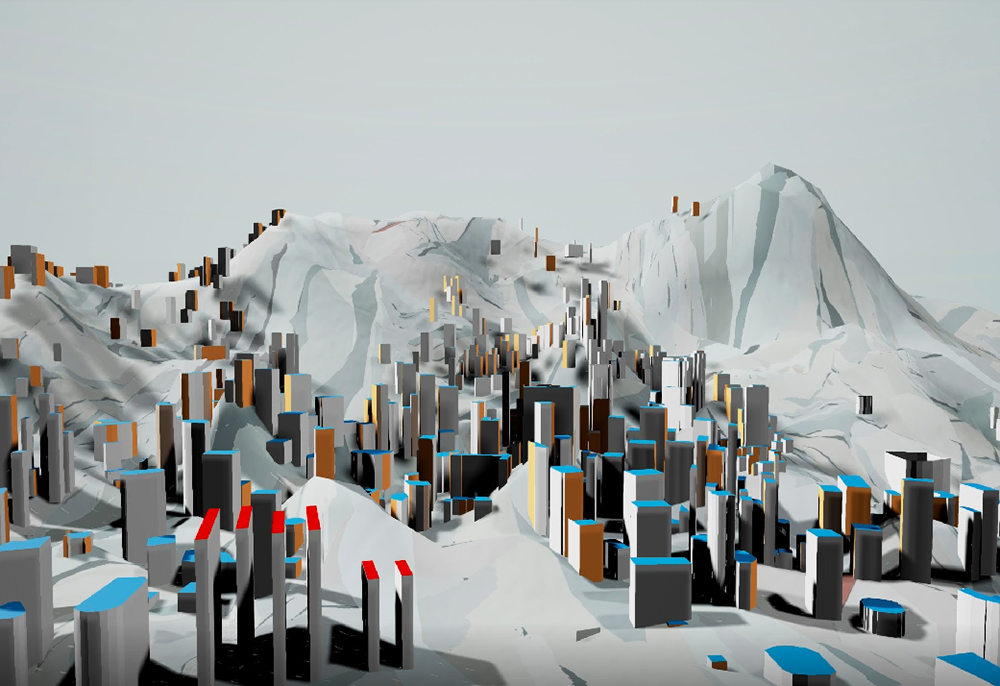
Zaha Hadid's early paintings and drawings exhibited at the Serpentine Sackler Gallery-now transformed into an eye-catching Virtual Reality by the Serpentine Galleries and Zaha Hadid Virtual Reality Group in partnership with Google Arts & Culture. Launched online yesterday, the Virtual Reality show is presented with four specially commissioned virtual reality 360° videos, exploring Hadid’s unrealised projects alongside an online exhibition of her paintings and drawings.
The four online special videos' sections named as The Great Utopia 1992-93, The World (89 Degrees), 1983, The Story Behind Leicester Square 1990 and The Peak 1982-83.

Screenshot from The Great Utopia 1992-93. Image © ZHA Foundation, Serpentine Galleries
The Great Utopia features The Russian and Soviet Avant-Garde 1915 – 1932, 1992-93 - Tatlin Tower and Tectonic 'Worldwind', 1992-93. The design for the Russian avant-garde exhibition at the Guggenheim Museum, New York, was created in only two months.
It was an extraordinary event, coming just after the dissolution of the Soviet Union, it was also a unique display of works borrowed from institutions that were still under one authority.
Video by Serpentine Galleries
The unveiling of Malevich’s Black Square (1913) was a quasi-religious moment. For the exhibition, Hadid used the spiral to tell a story through which the visitor moves seamlessly up the ramp. Interruptions are created with obstacles, and screens with posters push the visitor to the edge of the ramp, allowing different perspectives to be seen at the same time.
''A pioneering and visionary architect and artist who left behind an extraordinary body of work, many of Hadid's architectural proposals took the form of paintings which prophesied the potential of the digital age and the application of software in architecture,'' said Zaha Hadid Architects.
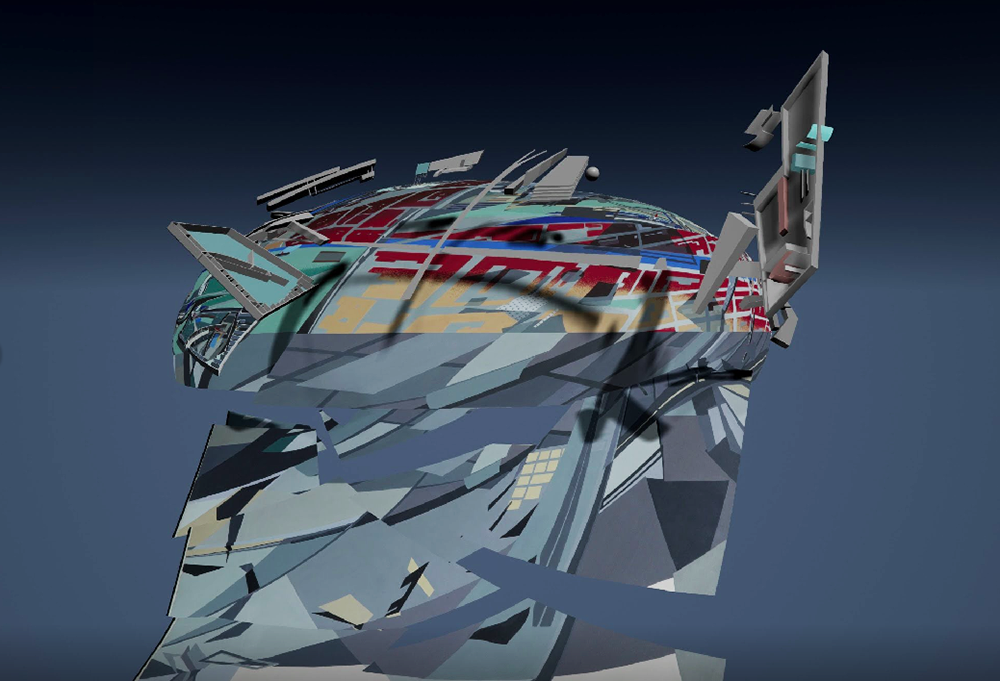
Screenshot from The World (89 Degrees), 1983. Image © ZHA Foundation, Serpentine Galleries
The World (89 Degrees) represents the culmination of Hadid’s seven-year exploration into architecture’s unchartered territory whilst studying at London’s Architecture Association, this painting acknowledges the significance of technology’s rapid development and our ever-changing lifestyles as pivotal in creating a new and exhilarating backdrop for architecture.
Video by Serpentine Galleries
In this new global context, Hadid sought to reinvestigate the untested experiments of Modernism – not to resurrect them, but to reveal new possibilities for building. The World (89 Degrees) simultaneously compresses and expands the projects that she had carried out over several years, offering a new interpretation of the fabric of architecture and urbanism.
''Technology grew to be central to the work of Zaha Hadid and in honour to Hadid's legacy of profound experimentation and innovation, the London exhibition of Zaha Hadid: Early Paintings and Drawings at the Serpentine Galleries was born.''
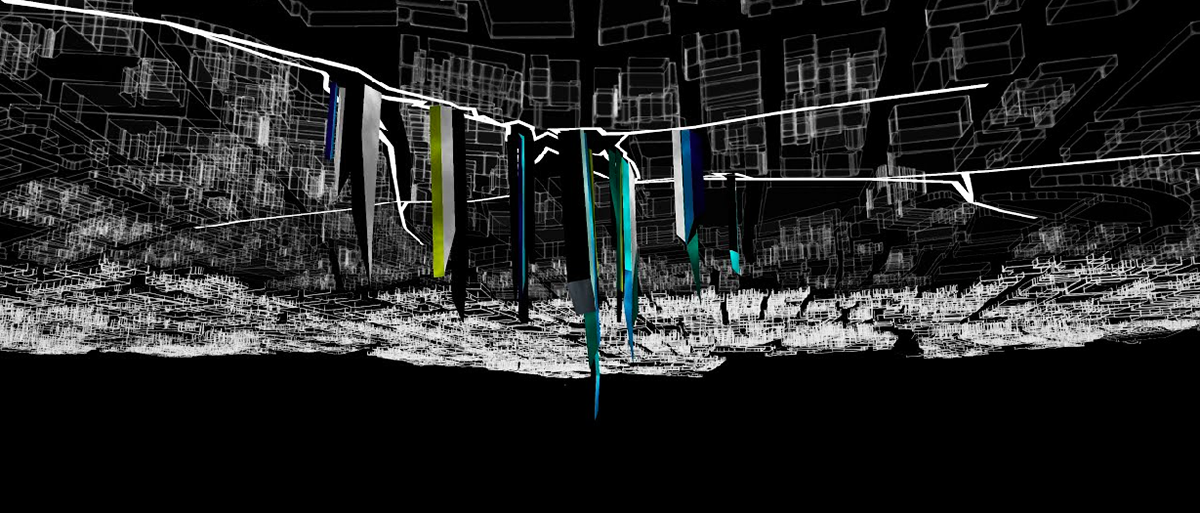
Screenshot from The story behind Leicester Square 1990. Image © ZHA Foundation, Serpentine Galleries
The proposal shows the renovation of London’s Leicester Square and turns the traditional typology of the public square on its head.
''The idea of designing new fountains to decorate public spaces is redundant. Shoot the square; it’s dead’, commented Hadid. We would rather see Leicester Square as a public room, habitable and submerged beneath the surface, a heart that beats within the city.''
Video by Serpentine Galleries
''We would not propose to fill the square with buildings or sprouts of water: we would turn such structures upside down and sink them into the ground. Solid and transparent skyscrapers slicing into the earth could contain accommodation, and water could cascade down these inverted canyons as a cooling mechanism for an overworked heart.''
''Bridges and passages would traverse the voids and solids of the new subterranean fabric, while light slits would remind the visitor of the city’s familiar fabric hovering above.''
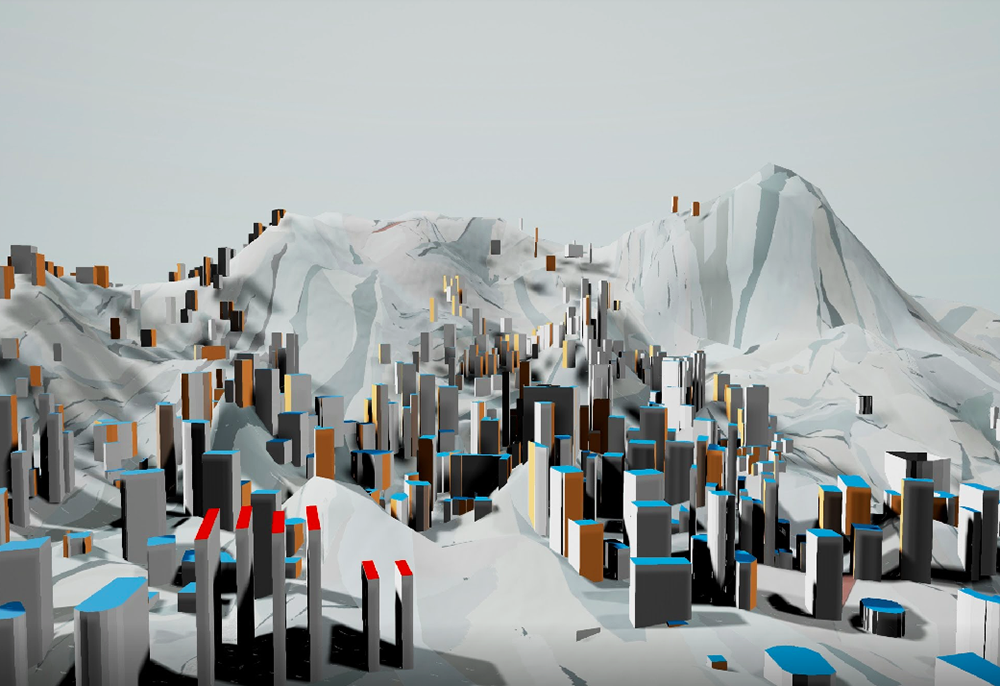
Screenshot from The Peak 1982-83. Image © ZHA Foundation, Serpentine Galleries
The Peak was awarded first prize in a global competition to design a leisure club for a private client in the hills surrounding Hong Kong. Included in the seminal exhibition Deconstructivist Architecture at MoMA, New York, in 1988, The Peak marks a critical moment in Hadid’s career.
The design and creation of a building – in this case a leisure club – as an architectural landmark in a major city such as Hong Kong is not necessarily a difficult formal exercise, but it does raise important conceptual and programmatic issues in the context of 20th-century architectural design.
Video by Serpentine Galleries
The site demands a certain inventiveness in its relationship to, and as a relief from the congestion of the city. Set high on a hill overlooking the city, the site is free from the condensed urban environment yet is still integrated with the land and water below.
Constructive elements of various materials accentuate the dramatic visual conditions and natural arterial features of the site,creating a kind of Suprematist geology, both vertically and horizontally.
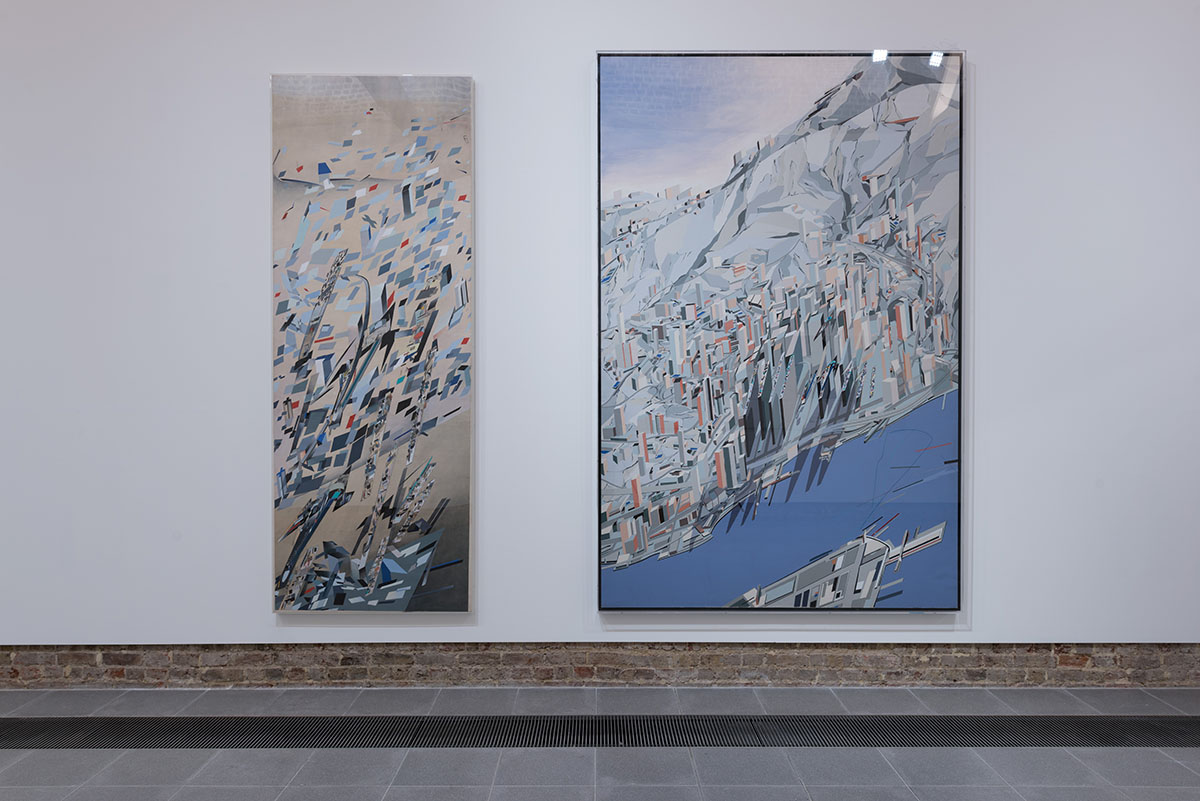
Zaha Hadid, Installation view, Serpentine Sackler Gallery, London (8 December 2016 – 12 February 2017). Image © Zaha Hadid Foundation/ © 2016 Hugo Glendinning
''None of these architectural painting proposals were over realised as complete buildings-they remain heroic unrealised projects, which makes the VR experience all the more poignant for its ability to show how their spatial qualities unfold'', said Zaha Hadid Architects.
''The four 360 degree films translate some of the key aspects and DNA contained inside the paintings, offering a dynamic and immersive experience of the paintings on display in the exhibition.''
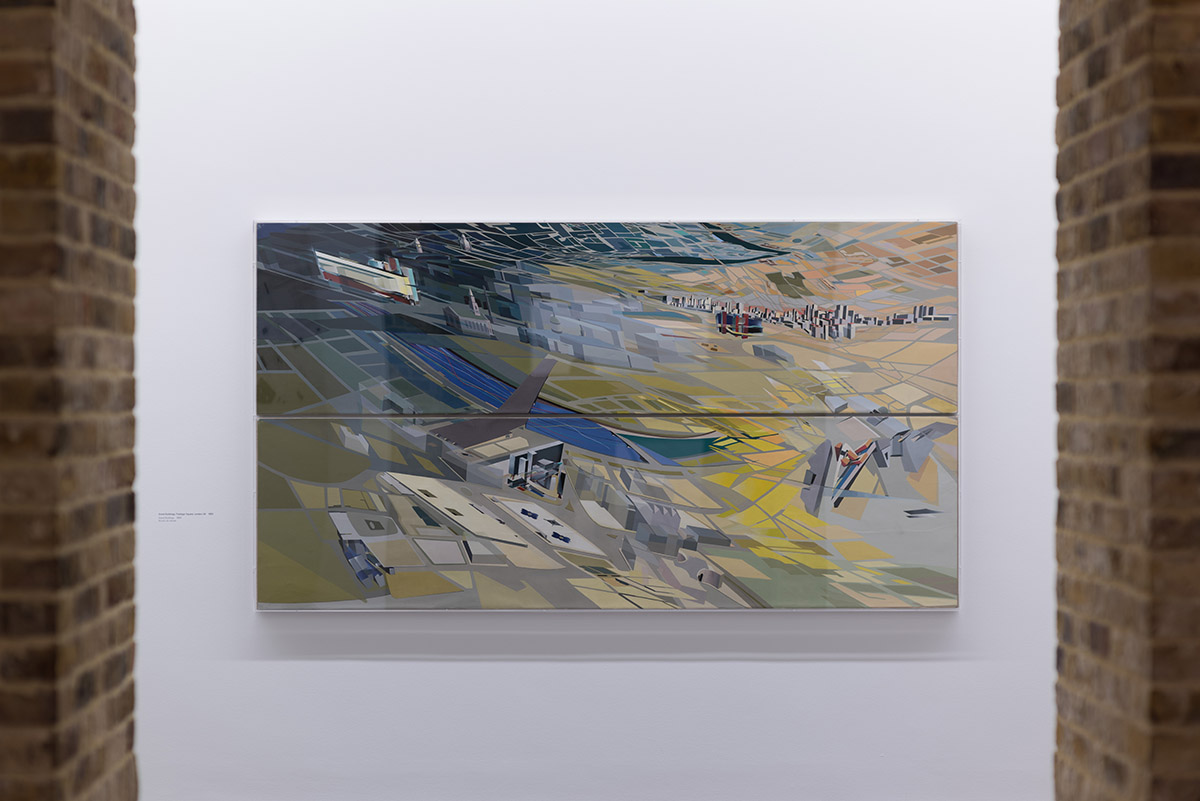
Zaha Hadid, Installation view, Serpentine Sackler Gallery, London (8 December 2016 – 12 February 2017). Image © Zaha Hadid Foundation/ © 2016 Hugo Glendinning
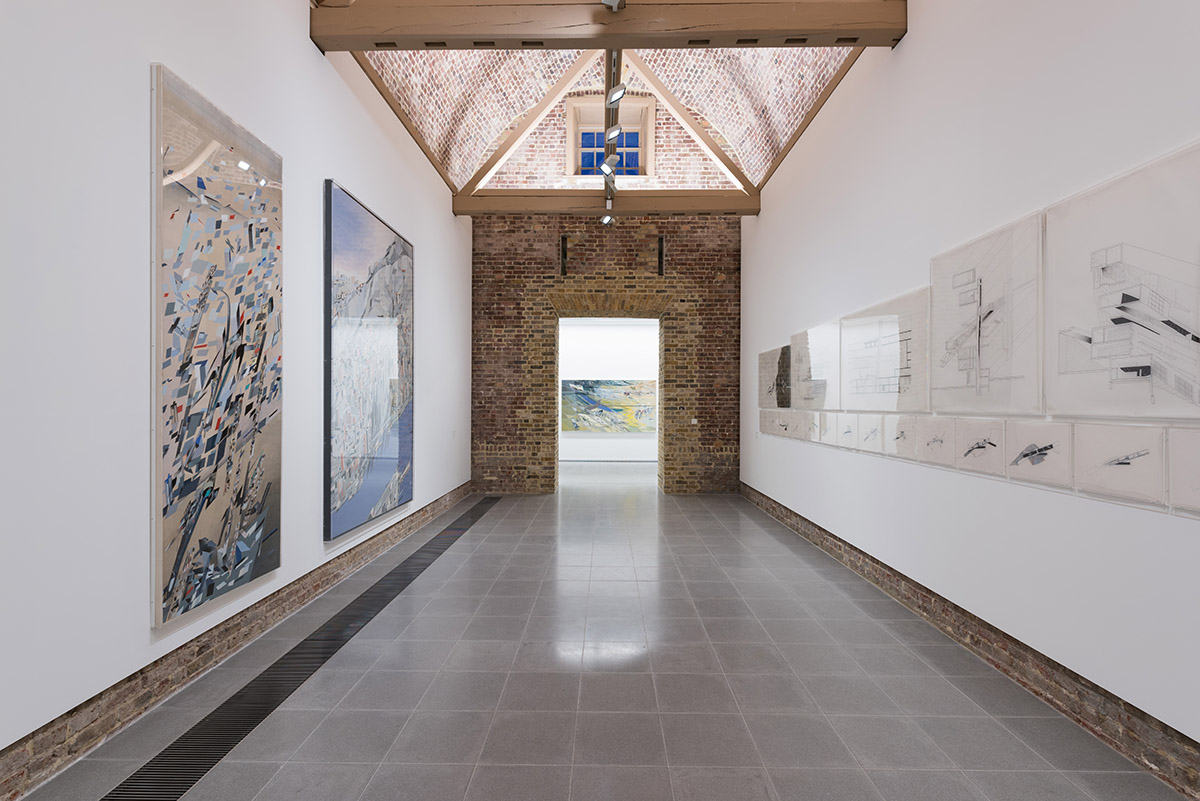
Zaha Hadid, Installation view, Serpentine Sackler Gallery, London (8 December 2016 – 12 February 2017). Image © Zaha Hadid Foundation/ © 2016 Hugo Glendinning
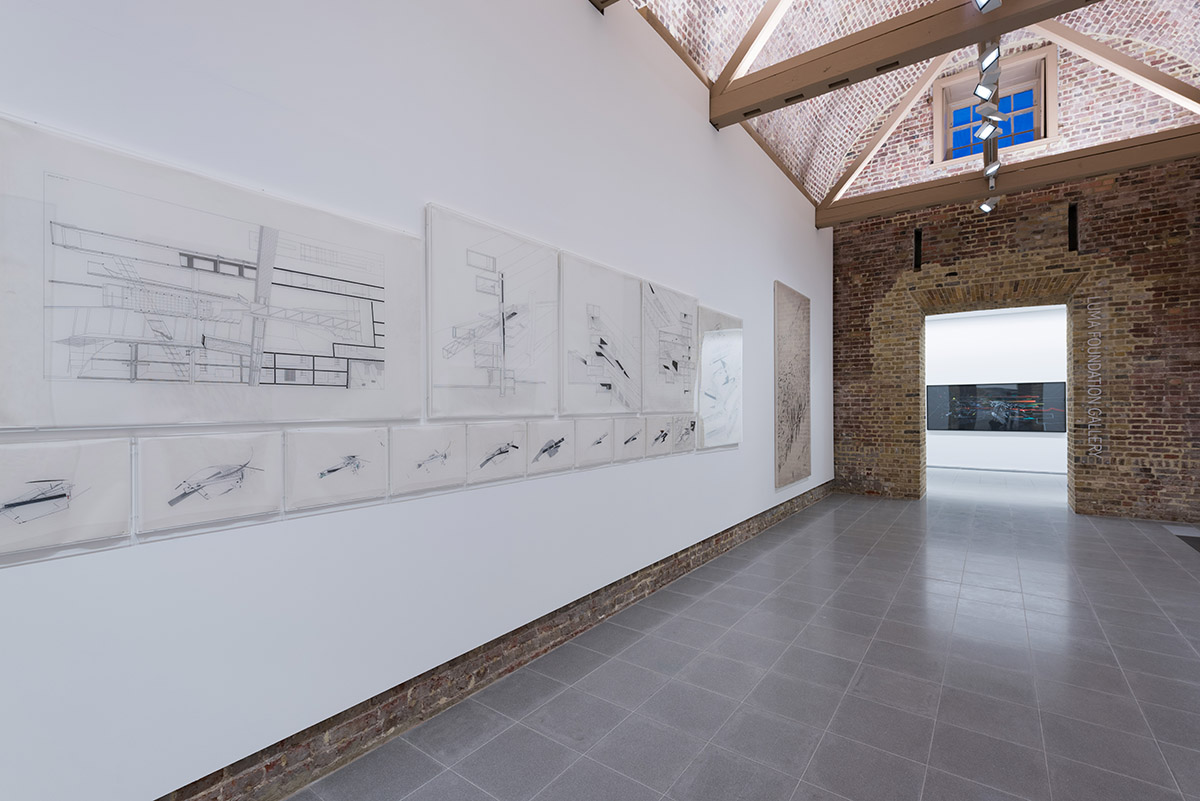
Zaha Hadid, Installation view, Serpentine Sackler Gallery, London (8 December 2016 – 12 February 2017). Image © Zaha Hadid Foundation/ © 2016 Hugo Glendinning
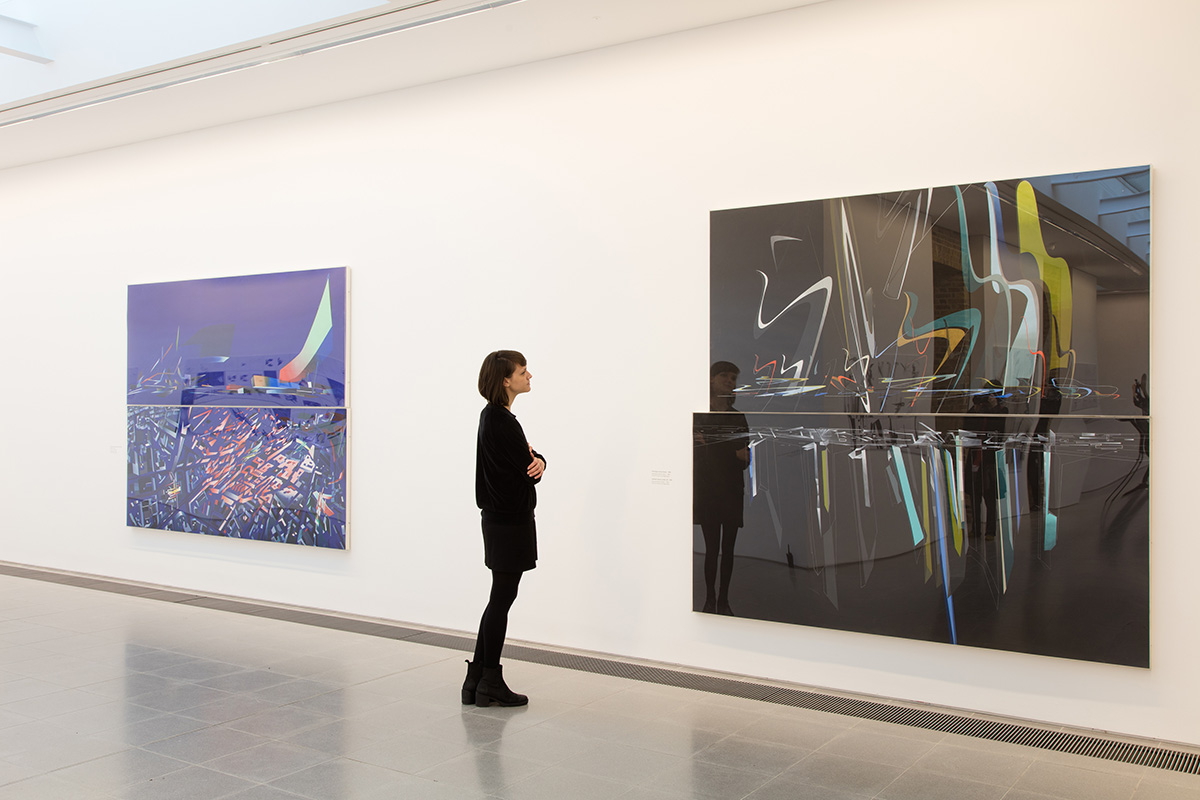
Zaha Hadid, Installation view, Serpentine Sackler Gallery, London (8 December 2016 – 12 February 2017). Image © Zaha Hadid Foundation/ © 2016 Luke Hayes
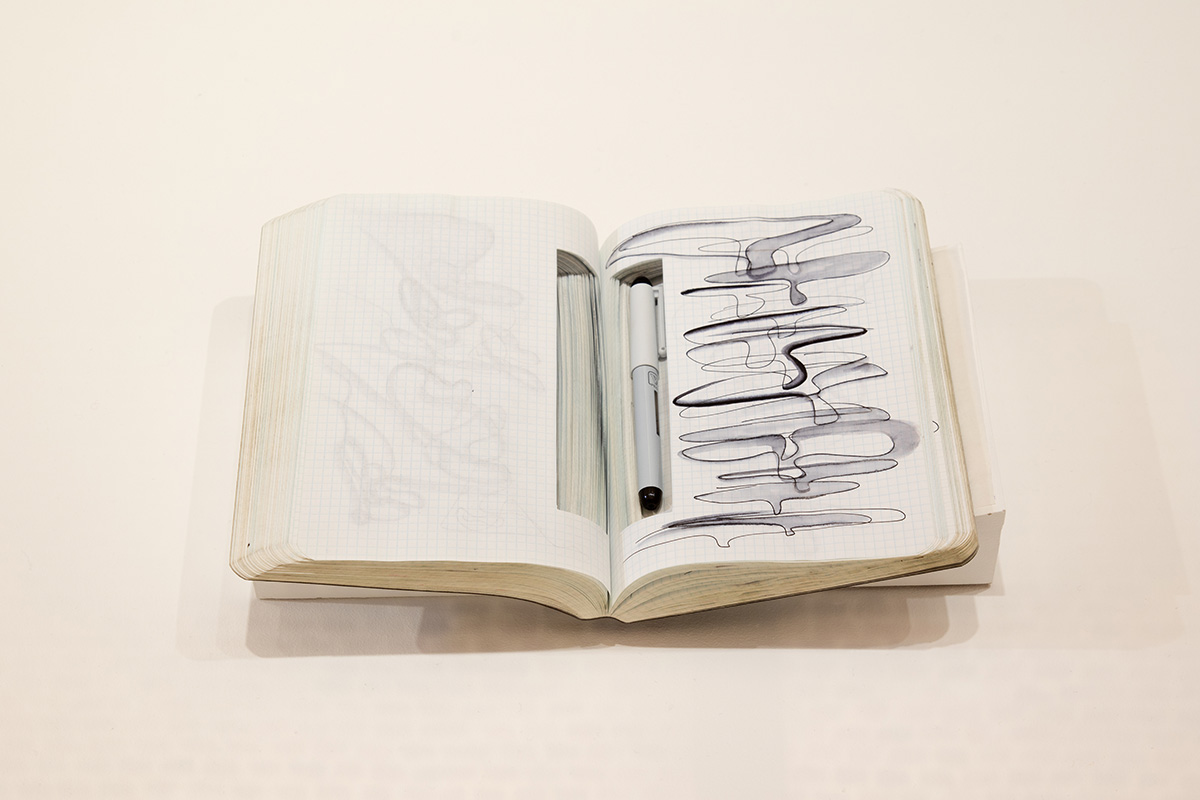
Zaha Hadid, Installation view, Serpentine Sackler Gallery, London (8 December 2016 – 12 February 2017). Image © Zaha Hadid Foundation/ © 2016 Luke Hayes
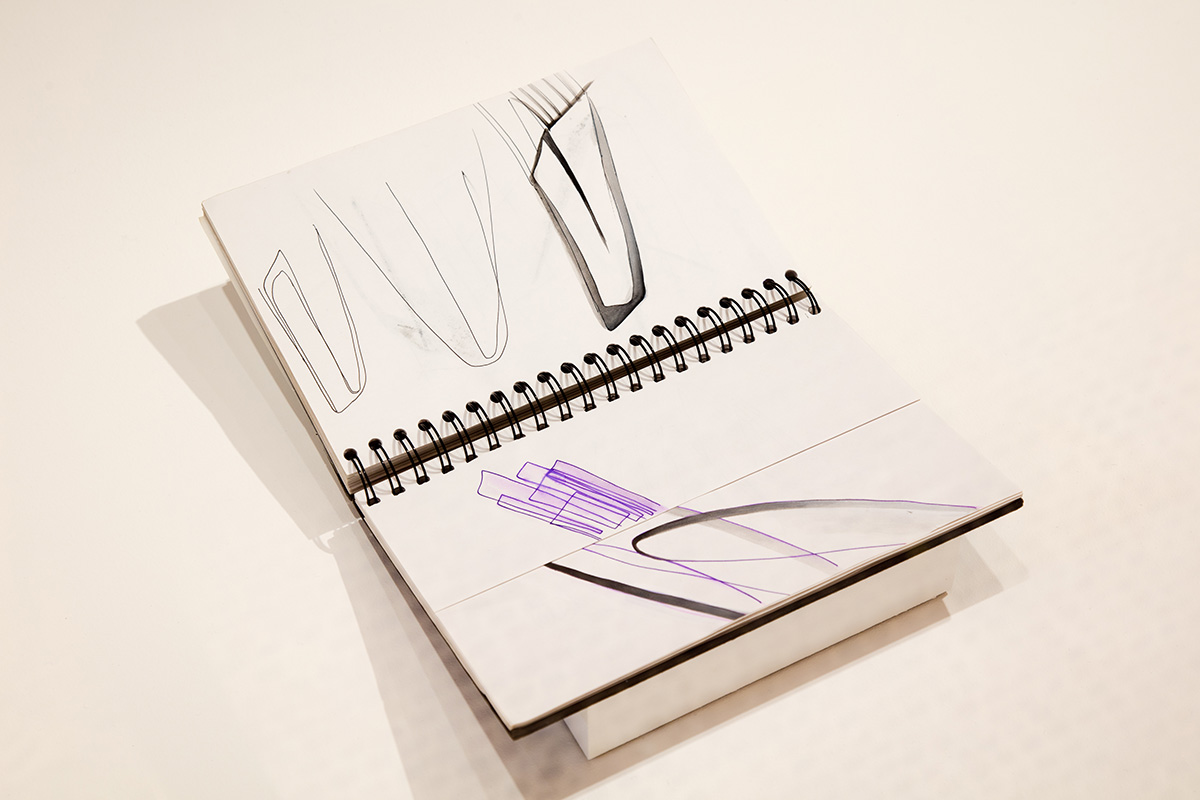
Zaha Hadid, Installation view, Serpentine Sackler Gallery, London (8 December 2016 – 12 February 2017). Image © Zaha Hadid Foundation/ © 2016 Luke Hayes
Zaha Hadid: Early Paintings and Drawings exhibition can still be visited until February 12, 2017 at the Serpentine Sackler Gallery in London. The exhibition focuses on Zaha Hadid's early painting and drawings realised between the years 1950 and 2016.
Read World Architecture Community's latest interview with Patrik Schumacher on Parametricism and working methodologies of Zaha Hadid Architects.
Top image: Screenshot from The Peak 1982-83. Image © ZHA Foundation, Serpentine Galleries
> via Serpentine Galleries